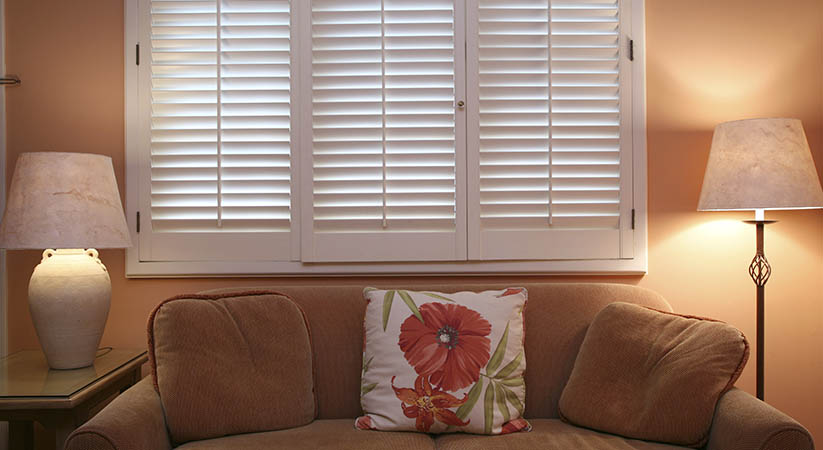It’s not secret at all to plantation shutter aficionados, but these widely popular interior window coverings’ designs rose from origins as obvious by their moniker as those of their their “colonial” shutter counterparts.
The traditionally wider louvers – adapted today to various shapes and sizes by modern manufacturers, along with their separating divider rails – came into vogue in the American South among Spanish farmers settled on massive early plantation estates. Meanwhile, in New England homes, designers gravitated toward smaller, more narrowly angled slats that offer finer adjustments for ideal lighting and privacy alike.
Know More About Plantation Shutters
There’s a good reason for the larger louvers common to traditional plantation shutters. In the tropical and warmer climates where their signature design was pioneered, homeowners found that the big wide slats let plenty of air and light through to cool their homes in the days before the innovation of electrical climate control. Conversely, families that coped with cooler, wetter northern climates preferred what we now know as “colonial” interior shutters for an exactly opposite reason: the let far less warm air out when positioned just “so”. This is what home decor magazines say.
Plantation Shutters
As a bonus, plantation shutters’ hinges allow them to fold complete open and back to accommodate a broad range of temperature-control and intimacy preferences. What would we find, though, if we looked a bit farther back at the distant ancestors to today’s plantation shutters? Perhaps Spanish-American farmers weren’t quite as original as meets the eyes…
- GREECE
In the Mediterranean, ancient Greeks faced a crisis of comfort. Dwellings had either no windows at all or openings covered with little more than rudimentary cloth, since glass was scarce. Inhabitants of these early buildings innovated the world’s first shutters from durable, available marble and discovered the finer luxuries of controlling their lighting and flow of air through their surroundings. Eventually, they even discovered that wood was a much cheaper, more workable material that provided greater mobility.
- FRANCE
It just happens that those Spanish plantation owners may owe a tip of the cap to the French. Gifted French woodworkers refined the moveable louvers for finer adjustments to light and ventilation. Eventually, King Louis XIV installed them in his royal residences as the convenience of their ingenious functionality caught fire first across France and at last across all Europe.
- THE AMERICAN SOUTH
Ah, full-circle. The tropical, humid South was an ideal region where plantation shutters could further grow in popularity as New World arrivals from Spain sought relief from sweltering summers. By this time in the 18th and 19th centuries, glass was far more widely available than it ever was to ancient Greek property owners and plantation shutters only added to modern design’s improved control over ventilation and shading for refined, comfortable luxury.
Where utility meets elegance, you’ll find plantation shutter shops near you today.



